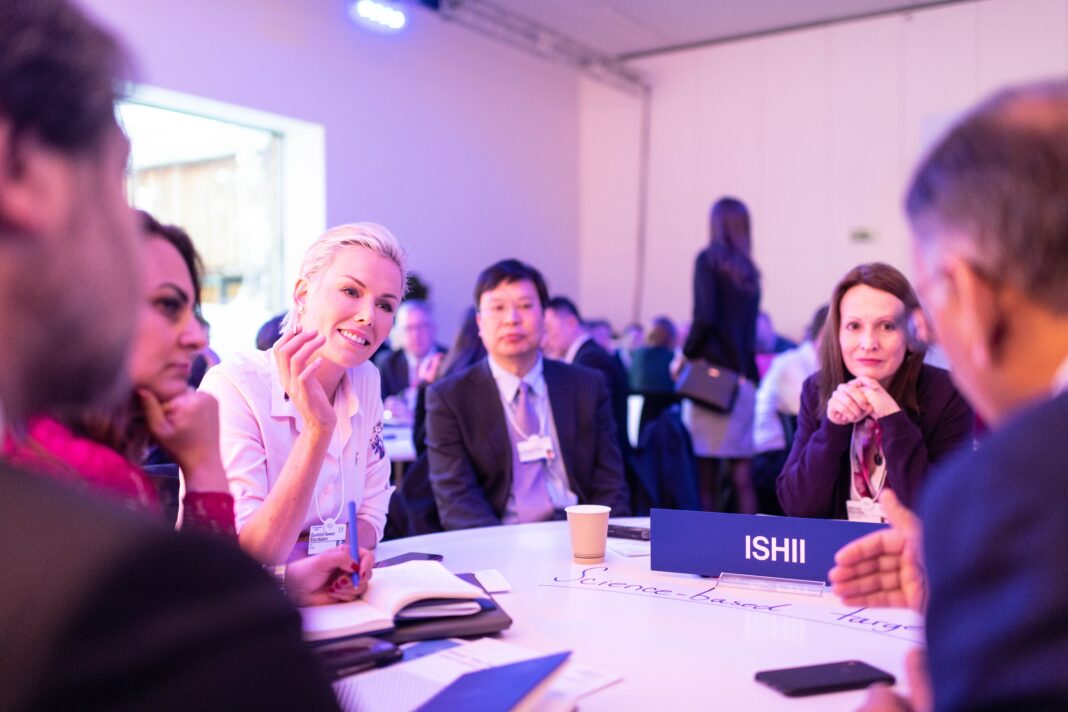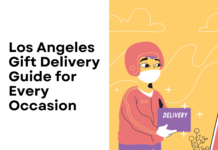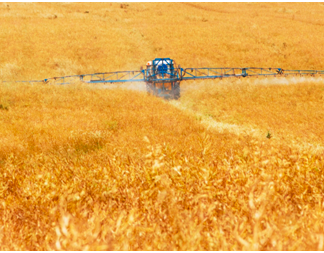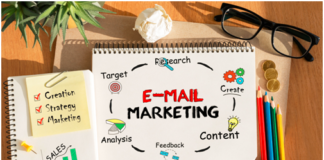Corporate events are a great way to build relationships with your clients and employees. They help you express your brand and let people know what makes your company unique. Whether you’re planning a small event in-house or a large conference, it’s important to have branded materials that fit the occasion. This includes everything from name tags to banners and signage, as well as items like pens and notepads. This article offers a wide range of options so that you can find what works best for your particular needs.
Banners
Banners are a great way to create brand awareness and get people’s attention. They can be used in a variety of ways, including on the wall or as a backdrop for your presentation. Banners are also an effective way to grab people’s attention in crowded rooms where there may be lots of other distractions vying for their focus.
T-Shirts
T-shirts are a great way to get the message out like this T-shirt printing service. They can be used as a giveaway, souvenir, marketing tool, incentive, or promotional item! The best part about t-shirts is that they’re versatile: you can use them in so many different ways! If you want to give away your brand’s logo on something that everyone will wear (and see), then this is the way to go. The design options are endless–it could be simple text with an image or just an image alone; whatever fits your company’s needs best. T-shirts make fantastic souvenirs too because people love taking home something tangible from events like conferences or parties–especially if it has meaning behind it! Plus wearing branded apparel has been proven time and time again as effective for advertising purposes…so why not take advantage?
The conference is a great place to get your brand out there and connect with new customers. It is a great way to get people interested in your company. A good conference can lead to a lot of sales and success for your business. There are many different ways that you can market yourself at the conference, but one of the most effective ways is by printing T-shirts or other types of clothing with your logo or information on them. These items will be seen by everyone who attends the event, so they are an easy way to promote yourself without having to do much work!
Posters
Poster design is one of the most important aspects of any conference branding campaign. Posters are an excellent way to get your message across and create buzz about an event or product launch, but they can also be extremely difficult to get right if you don’t know what you’re doing.
For a poster to be effective, it must be seen by as many people as possible for them to become aware of your brand or product. So while this may mean hanging them up on walls around town (in which case they should be large), it might also mean getting creative with where else you put them: bus stops, bus shelters, and even telephone poles are all great places if they’ll get noticed by enough people!
Media Wall
Media walls are a great way to showcase your brand, but they can be difficult to create and manage. Here’s how to get started with the right materials and resources:
- Make sure you have enough space in your venue for a media wall. If not, consider hiring an additional tent or renting another room like this conference rooms in Hawkes Bay for your display.
- Determine what kind of content will be displayed on it–images, videos, or both? It’s important that whatever is shown fits with the theme of your event as well as its target audience (and any other guests who may pass by).
- Create an enticing layout that draws attention from passersby while still being easy on the eyes when viewed from afar. Consider using bright colors and large text so viewers don’t miss out on anything important!
Signage
Signage is one of the best ways to promote an event and direct attendees to the right place. You can use signage to inform attendees about the schedule of events, or even just provide directions. For example, if you have a meeting room set up for breakout sessions and another area where food will be served, then it’s helpful for everyone if you put up signs that point out these locations so people don’t get lost or confused as they walk around looking for something specific.
If you want your signage to be useful beyond just directing people through your space–if you want them also to be informed about topics related to your event–you’ll want some kind of graphic design element on those pieces too (for example text).
Buttons & Badges
Buttons are a great way to get people to remember your event and your brand. You can use them as giveaways and give them away at the end of your conference, or you can give them out as attendees enter the venue. If you’re looking for a more subtle way of promoting yourself, buttons can be used as a way to show off what kind of company you are while also helping people remember who they’re working with throughout the day.
Creating strong brand awareness is important for a corporate event.
- Branding is the visual identity of your event. It will help create awareness for your corporate event and encourage people to attend.
- Branding materials can be used in many different ways, such as:
- Promotional posters/cards – These are great for promoting your event and encouraging people to attend. They can also be used at trade shows, conferences, or other events where people are already interested in what you’re doing (e.g., if you run an annual conference).
- Name badges like these name badges in Australia – These provide attendees with a convenient way of remembering who they met during the conference by displaying their name and company logo on them (plus it makes networking easier!).
Conclusion
Conference branding materials are a crucial part of the conference experience. They include everything from the conference logo to the schedule of events, and they help attendees feel like they’re part of something bigger than just their own business—it’s exciting to feel like you’re part of an industry-wide conversation.
The right branding materials can give attendees a sense of ownership over an event, whether it’s a small local gathering or an international gathering of thousands. If attendees feel invested in their own experiences at a conference, they’ll be more likely to recommend it to others.















